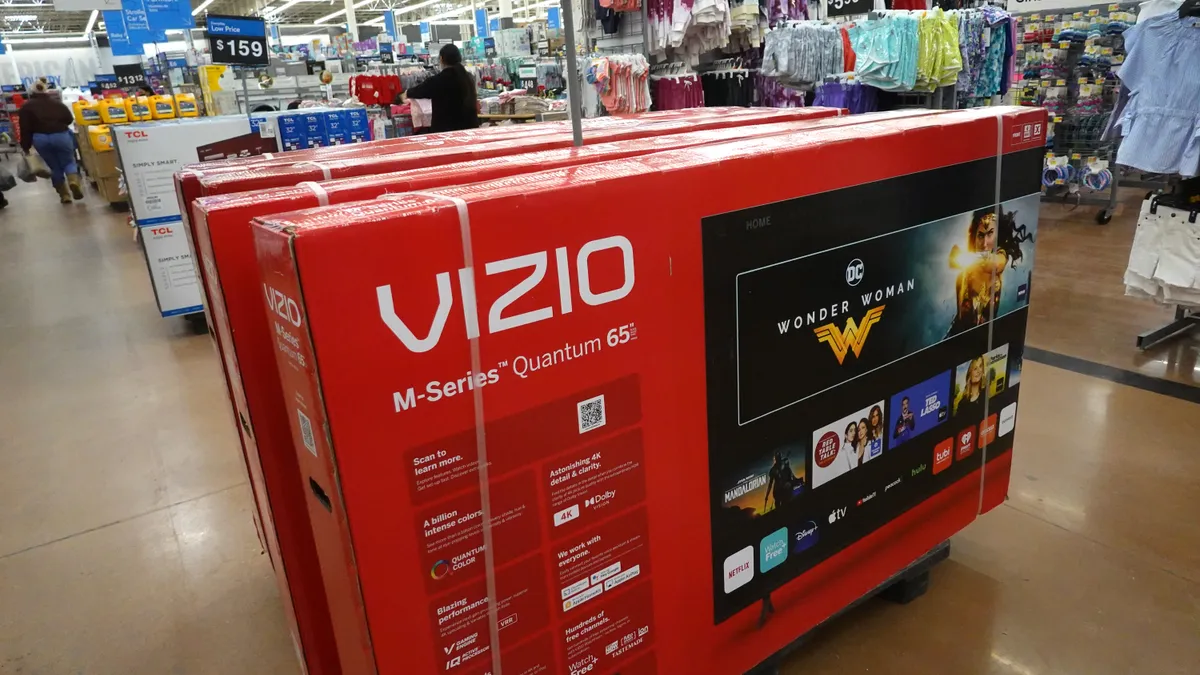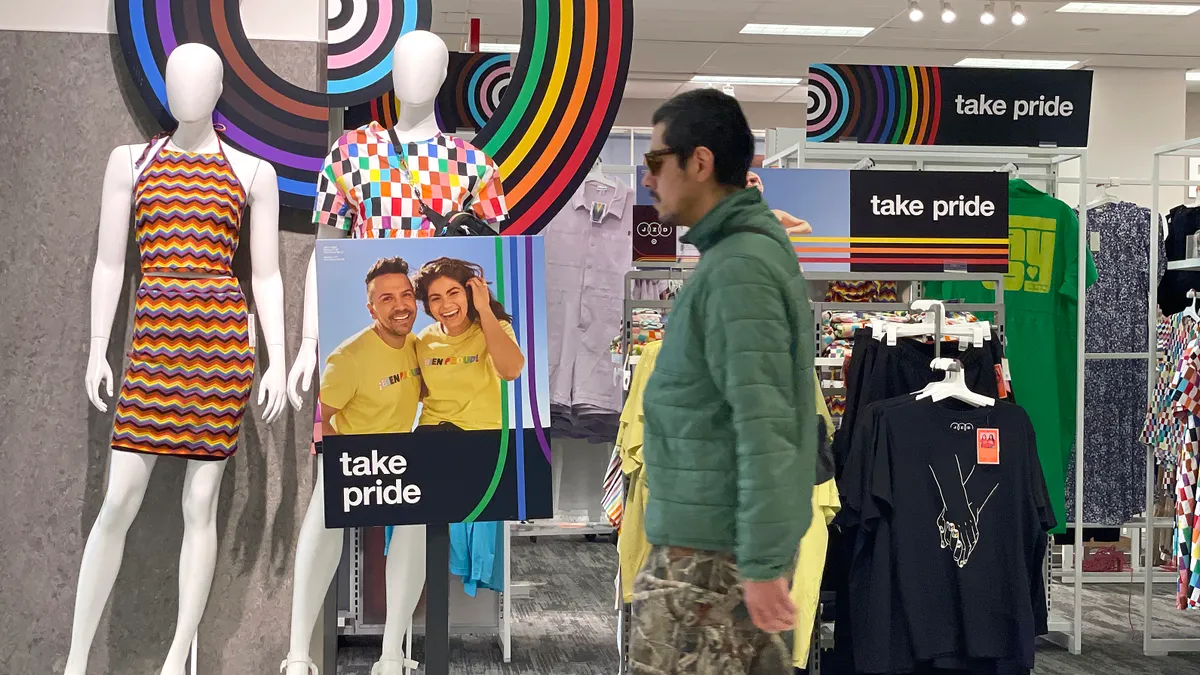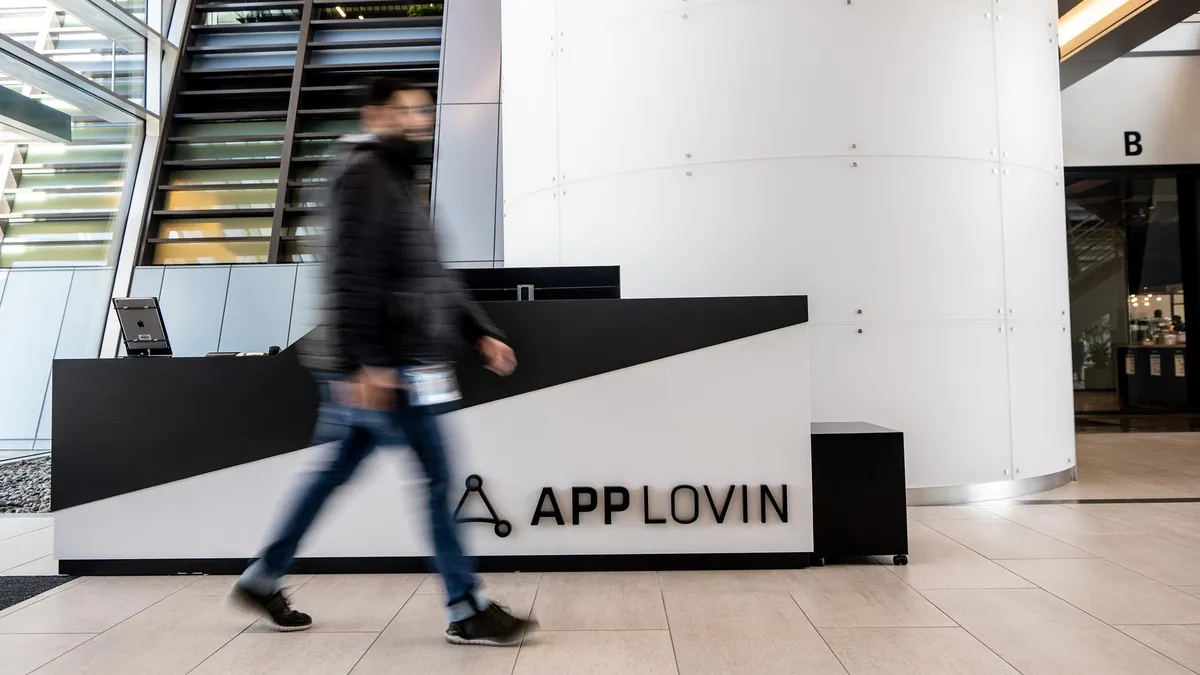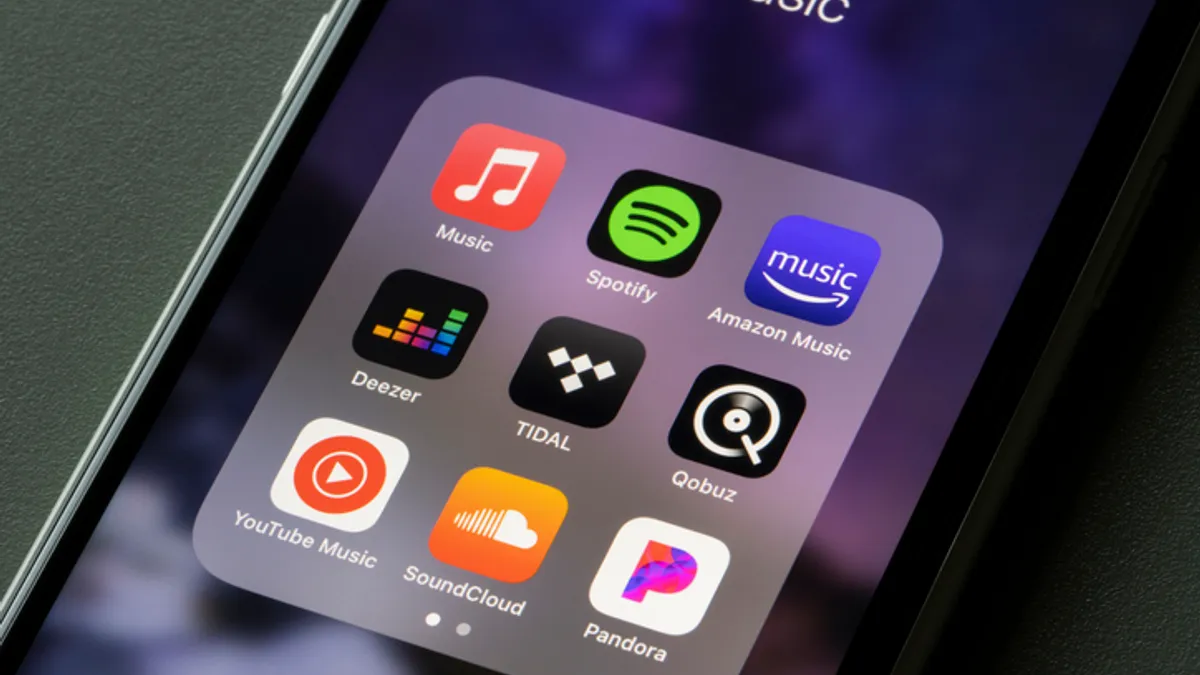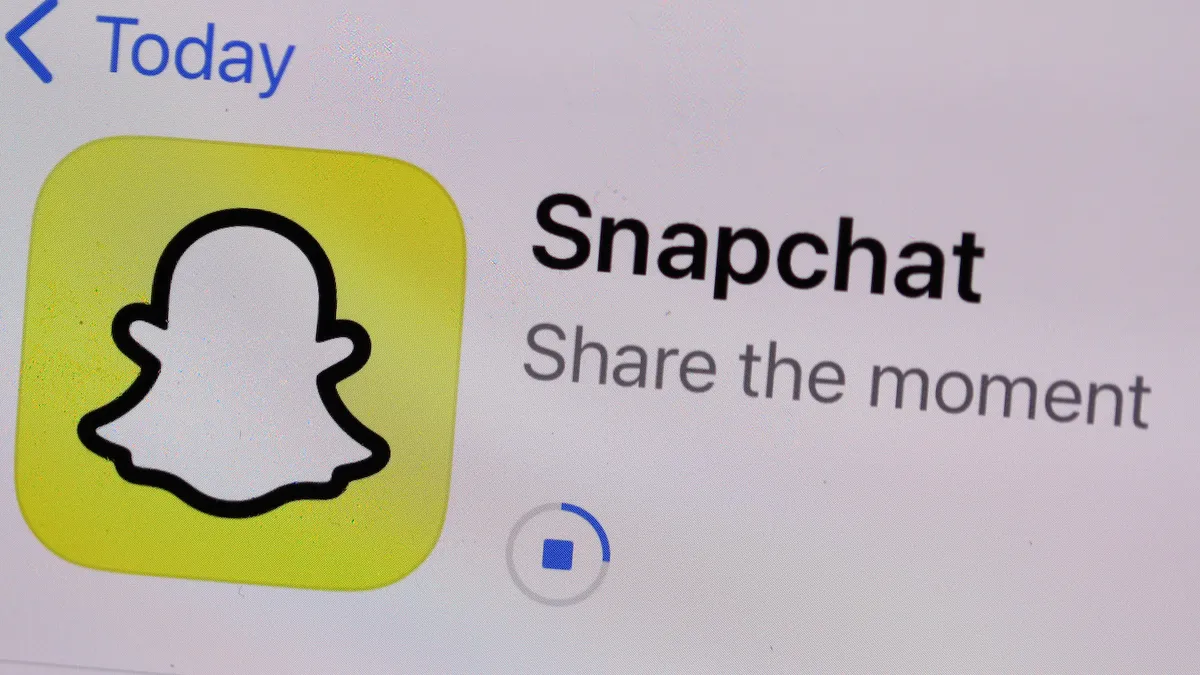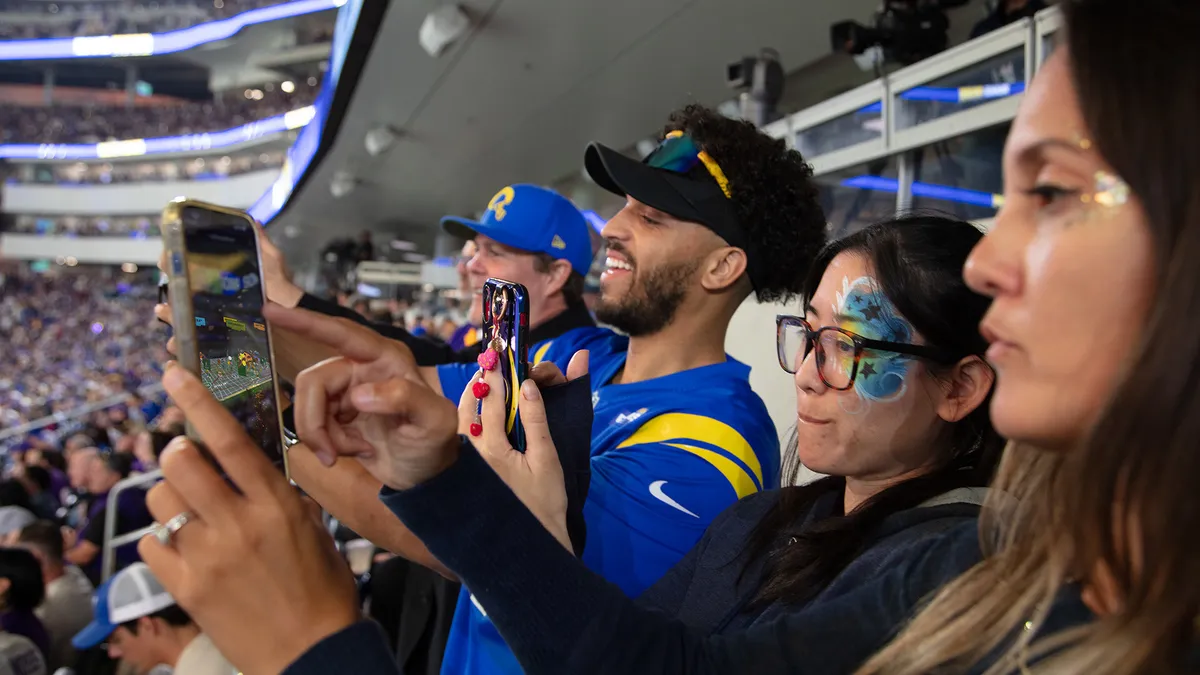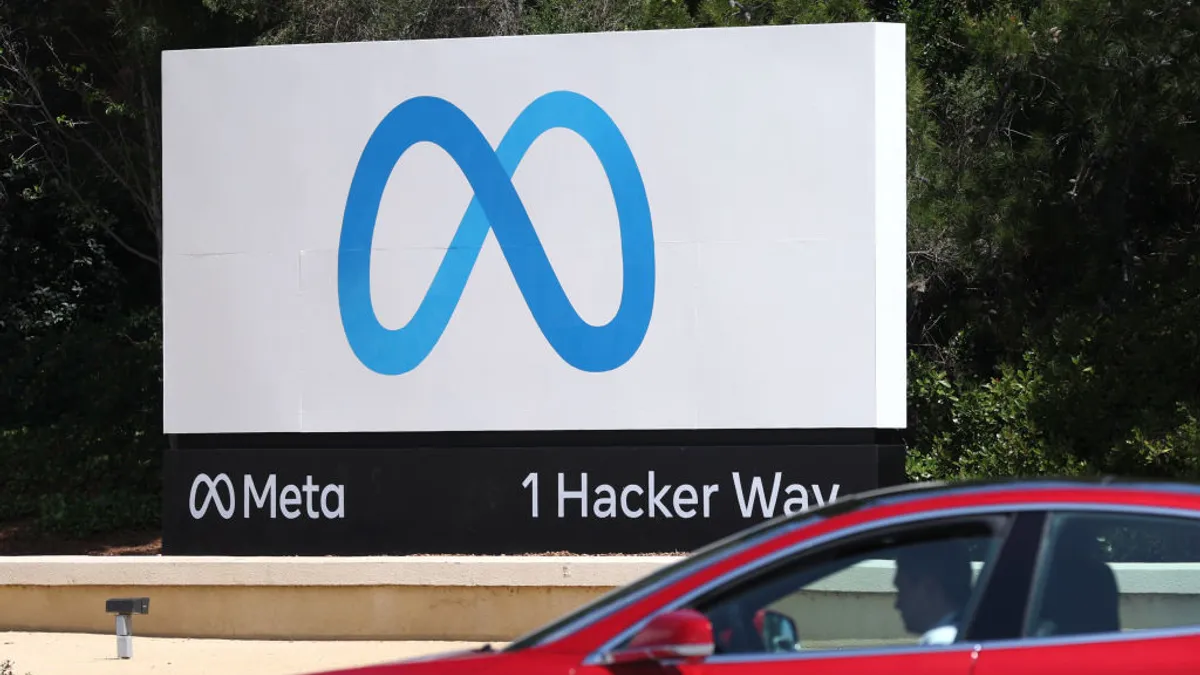Potential investors and marketers got their first real look into Snap Inc.’s business and strategy yesterday when the Snapchat parent submitted the required paperwork for its planned initial public offering on the NYSE, which is expected to happen next month.
While it’s no surprise that Snapchat has grown in size and popularity quickly over the past couple of years, especially with the younger consumers coveted by advertisers, there have been scant real numbers to attach to that growth because the company is private. Snap’s Securities and Exchange Commission filing changes this, with the company making clear its intention to be a major mobile platform but also underscoring its challenges, including maintaining user growth and innovation while competing against significantly larger players such as Facebook and Google.
“We believe that the best way to compete in a world of widely distributed mobile applications is innovating to create the most engaging products,” the filing states. “New mobile software is available to everyone immediately, and usually for free. While not all of our investments will pay off in the long run, we are willing to take risks in an attempt to create the best and most differentiated products on the market.”
The strategy
Snap put forth its strategy in the filing, with the overarching goal to invest in product innovation and embrace risk to improve the platform, thereby driving user engagement that can be monetized through advertising.
Primarily, Snap is positioning itself to take advantage of the expected growth in mobile advertising — which is expected to be the fastest growing segment in worldwide advertising spend over the next several years, per the filing — as consumers shift their attention away from television to their mobile phones, a trend that is particularly pronounced among the younger demographic, which is the most active segment on Snapchat. The filing cites Nielsen figures showing that consumers between 18 and 24 years old spent 35% less time watching traditional TV during 2016 compared with 2010.
The numbers
First, some hard numbers. In 2016, Snap generated $404.5 million in revenue, an increase of more than six times over its previous year-end total of $58.7 million. The company said it generates revenue primarily through advertising.
Snap’s global average revenue per user in Q4 totaled $1.05, up from $0.31, year-over-year. The revenue per user is higher in North America, totaling $2.15 in Q4 compared with $0.65 in the previous year.
Snap is losing money as it builds its platform, not surprising for such a young but quickly growing company. In 2016, it had a net loss of $514.6 million, compared to a loss of $372.9 million in the previous year.
The platform continues to add new users, although the pace of user growth has slowed, and Snap said it expects continued erosion over time. In Q4, Snap had 158 million daily active users. In Q1 of 2014, the growth rate was 472%, but then dropped to 73% a year later. In 2016, the growth rate was 52% in Q1 and 48% in Q4.
The challenges
The filing clearly enumerates the challenges Snapchat will face in maintaining user growth. If Snapchat cannot maintain the perception that its products are fun, engaging and useful, it may not be able to attract new users, retain existing ones or drive engagement. The majority of its users are 18-34 years old and, per the filing, may be less brand loyal and more likely to follow trends than other demographics.
Attracting older demographics could also be a problem for Snapchat. The filing reveals that users 25 and older visited Snapchat approximately 12 times and spent approximately 20 minutes every day on average in Q4. In comparison, consumers younger than 25 were more active, visiting more than 20 times and spending more than 30 minutes during the same period.
Because of the fact that Snapchat requires high bandwidth data capabilities, rapid growth in countries with low smartphone penetration levels is not expected.
In terms of advertising, the filing reveals no single advertiser or content partner accounts for more than 10% of Snap's revenue. Many advertisers have only recently started working the platform and spend a relatively small portion of their overall ad spend with it.
Some of the challenges Snapchat faces in advertising include that brands may view some of its products as experimental and unproven. Competition is fierce, with Facebook and Google both currently dominating mobile ad spending. Additionally, the platform relies heavily on the data it collects and if this is restricted through regulatory action, it could make it more difficult for Snapchat to attract advertisers.
Measurability
With transparency and measurability of big concern for marketers, the filing emphasized Snapchat’s progress in these areas. For example, Millward Brown measured a 30% lift in subscription intent for a music streaming service that ran a Snap Ad campaign, and 24 percentage point increase in ad recall. Oracle Data Cloud looked at campaigns on the platform for consumer packaged goods brands and found 92% drove a positive lift in in-store sales. Two home care campaigns, in particular, drove more than $1,000 in revenue per thousand impressions.
Snapchat’s advertising offerings include Sponsored Lenses, Sponsored Geofilters and Snap Ads.
One unique aspect of the filing is that, in an apparently unprecedented move, the entirety of the stock that will be offered to the public will be non-voting. This means that Snap's co-founders Evan Spiegel and Robert Murphy will have the final say in all matters submitted to stockholders for approval. While other public tech companies have concentrated influence in their leaders, Snap's move takes this one step further.
The investment community has suggested only being able to buy non-voting shares is not likely to impact investor interest as long as Snap can convince them that its leaders have a unique grasp on where the mobile media and marketing space is going.
"We face significant competition in almost every aspect of our business both domestically and internationally," said the filing. "This includes larger, more established companies such as Apple, Facebook (including Instagram and WhatsApp), Google (including YouTube), Twitter, Kakao, LINE, Naver (including Snow), and Tencent, which provide their users with a variety of products, services, content, and online advertising offerings, and smaller companies that offer products and services that may compete with specific Snapchat features."





